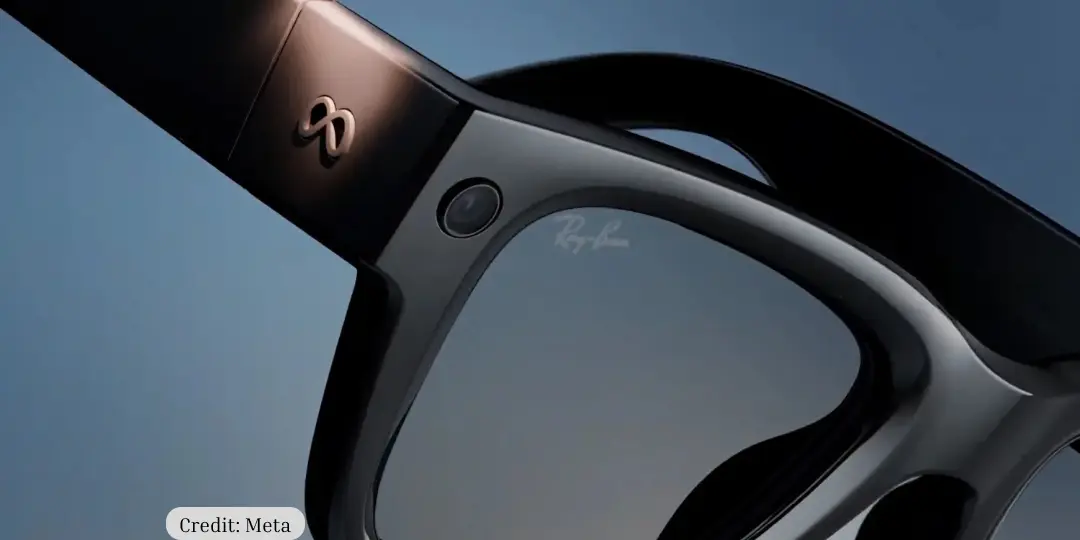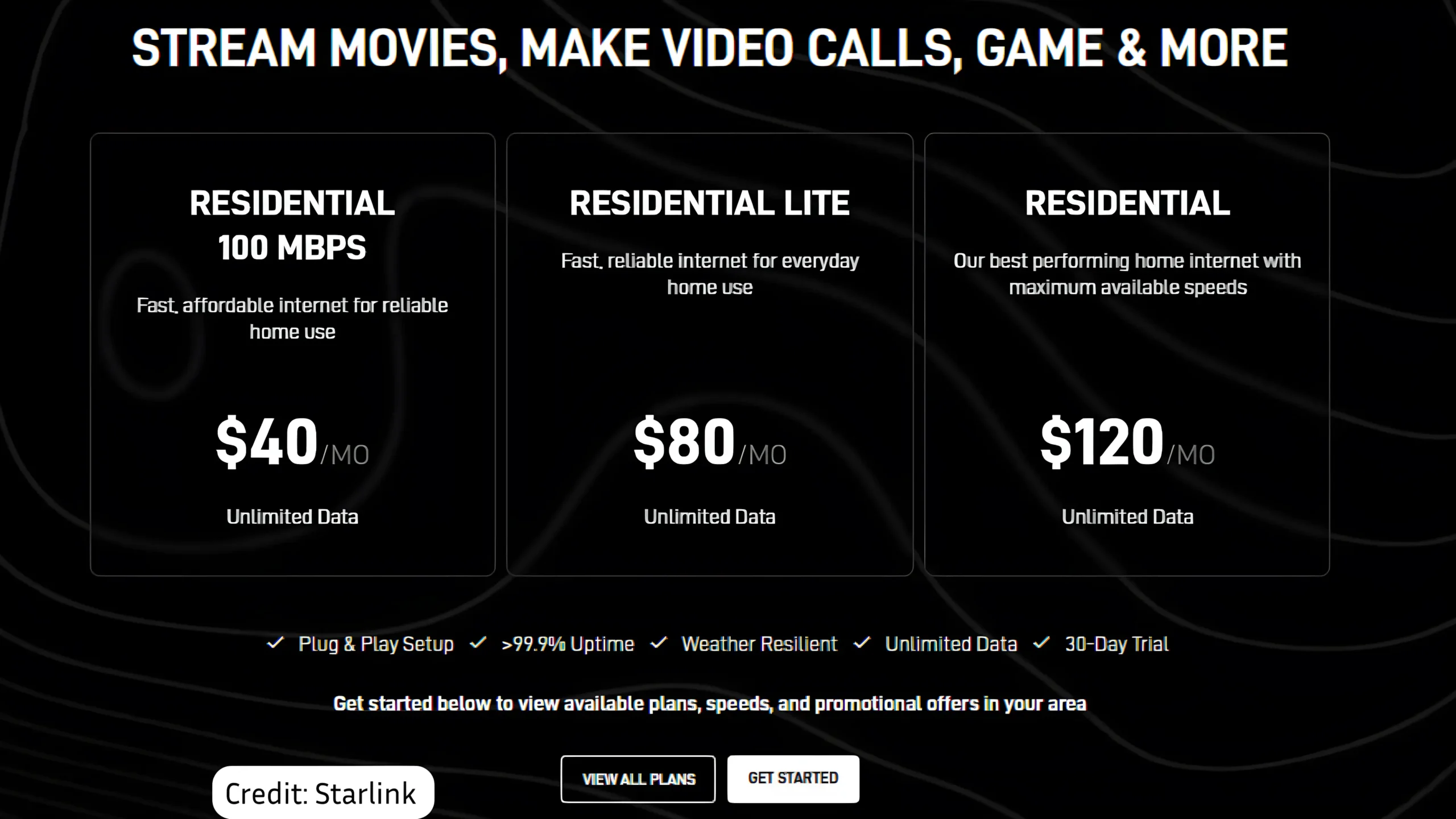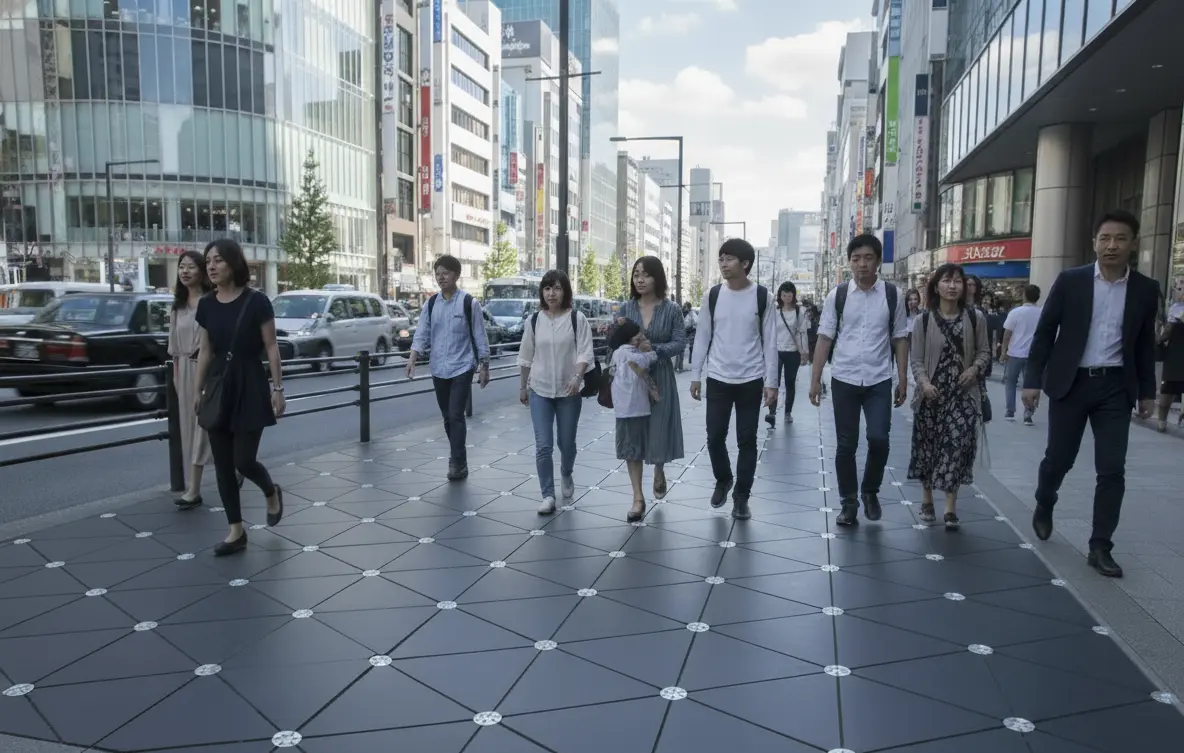Meta’s $799 Ray-Ban Display smart glasses represent a major development in wearable display technology. Specs are drawn from Meta’s Connect materials and hands-on reports (resolution 600×600, ~20° FOV, ~42 PPD, 5,000 nits brightness, ~2% light leakage).
Unlike bulky VR headsets, these glasses integrate a 600×600 pixel monocular display with a 20-degree field of view (FOV), delivering around 42 pixels per degree (PPD). With brightness ranging from 5,000 nits to less than 2% light leakage, they are designed for glanceable interactions that prioritize visual comfort and discretion.
The Science Behind Micro-Displays
Resolution and Pixel Density
- The display achieves 42 PPD, meaning that users see around 42 pixels for every degree of visual angle. This makes the image sharper than most VR headsets, which typically offer only 20–30 PPD.
- While smartphones still lead in raw pixel density with 400–500 PPI, for example, the iPhone 15 Pro at 460 PPI and the Galaxy S24 Ultra at 505 PPI, that measurement applies to handheld use at close distances. For near-eye optics, angular resolution (PPD) is the more relevant metric.
- The Ray‑Ban Display is tuned to provide crisp text and icons in short, glanceable contexts rather than long‑form media consumption.
Table 1: Pixel Density Comparison
| Device | Pixel Density (PPD/PPI) | Typical Use |
|---|---|---|
| Meta Ray-Ban Display | 42 PPD | Glanceable overlays |
| VR Headsets (avg.) | 20–25 PPD | Gaming/immersion |
| Smartphones | 400–500 PPI | Handheld apps & media |
Brightness Range
- 5,000 nits gives the glasses an unusually wide brightness range, covering nearly every environment from dim indoor conditions to bright outdoor sunlight.
- The low end prevents discomfort in dark settings, such as nighttime use.
- At the high end, 5,000 nits ensures the image remains visible even under direct sunlight, a requirement typically reserved for outdoor digital signage.
- This makes the Ray‑Ban Display one of the few consumer wearables able to maintain visibility across such diverse lighting conditions.
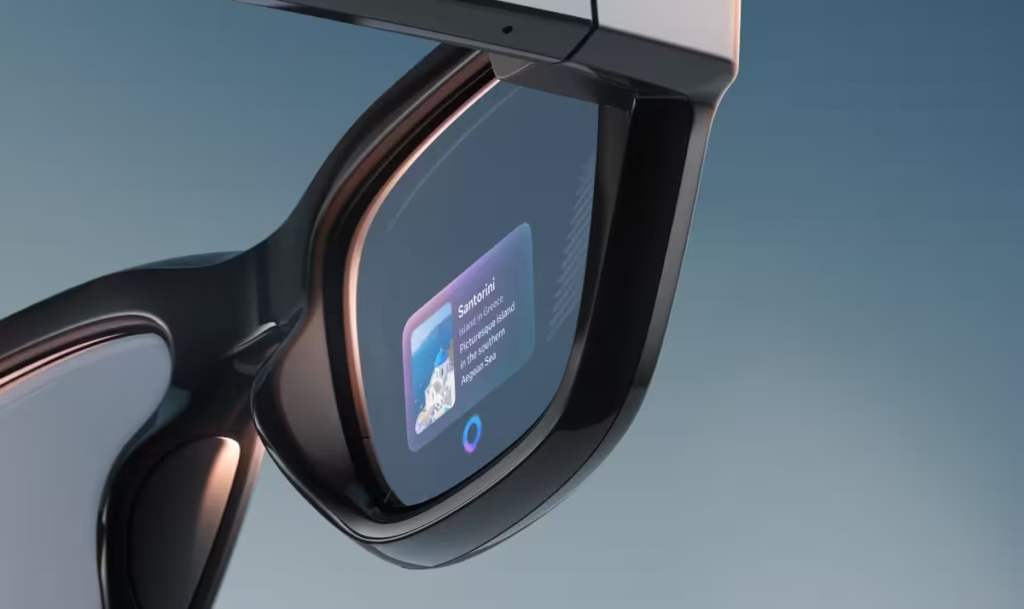
Field of View
- The 20° FOV appears like a small notecard held at arm’s length, giving users a compact digital window rather than an overwhelming full-screen overlay.
- This narrow scope limits the amount of visual real estate, but research shows that smaller FOV ranges reduce sustained eye movement and muscular strain. By confining content to a manageable portion of the field of view, the design lessens fatigue often associated with wide-FOV AR/VR systems.
- As a result, it is especially well-suited for short, glance-based tasks such as checking notifications, reading brief messages, or following simple navigation cues, without demanding constant visual focus.
Eye Strain vs. Immersion
Design for Comfort
- Research on near-eye displays shows that mitigating vergence–accommodation conflict reduces visual fatigue; HUD-style, glance-first designs help keep viewing short and off-center.
- By staying off-center in the right lens, the display minimizes Vergence-accommodation conflict, a mismatch between focusing and eye convergence that often causes fatigue.
Depth Perception Considerations
- Since only one eye sees the overlay, stereoscopic depth cues are absent.
- Users instead rely on monocular cues such as motion parallax and relative size to maintain spatial awareness.
- Ophthalmology research notes that monocular viewing can cause temporary discomfort but is manageable for short bursts of use.
Privacy and Light Leakage
Discreet Display Engineering
- The glasses achieve <2% light leakage, meaning that less than two percent of the display’s emitted light escapes beyond the wearer’s eye. This makes it virtually impossible for people nearby to notice when the display is active.
- Early testers report that even when bright, full‑color content is shown, the outside appearance remains dark and indistinguishable, eliminating the conspicuous glow that plagued earlier smart glasses like Google Glass.
Supporting Features
- Adaptive Transitions® lenses help conceal residual glow in bright conditions by automatically darkening in sunlight, which further hides any faint reflections from the display.
- This privacy-focused approach tackles a longstanding adoption barrier. Earlier devices, such as Google Glass, drew criticism because their glowing prisms made it obvious when digital content was active, creating awkward social situations and raising privacy concerns.
Cognitive Load & Task Switching
From Phones to Glanceable Displays
- Recent surveys show wide variation; some report up to 205 phone checks per day, but most agree that daily phone use often exceeds 5 hours.
- Each of these checks creates a cognitive detour, pulling attention away from primary tasks and often leading to fragmented focus, multitasking fatigue, and increased visual strain.
- By shifting many of these small interactions to a glanceable format, Ray-Ban Display aims to reduce the mental overhead.
- Instead of unlocking a phone and navigating multiple apps, users can engage in micro-interactions, such as reading a short notification, sending a quick reply, or viewing heads-up navigation, without breaking their flow.
Neural Band Wrist Control
- Meta’s EMG-based Neural Band translates subtle muscle signals into commands. Meta cites all-day wear up to 18 hours and an IPX7 water rating.
- Input is handled via an Electromyography (EMG) wristband that detects tiny electrical signals from forearm muscles when fingers move.
- By doing so, it reduces reliance on voice or touch inputs, lowers extraneous cognitive load, and enables discreet, socially acceptable control even in noisy or crowded environments.
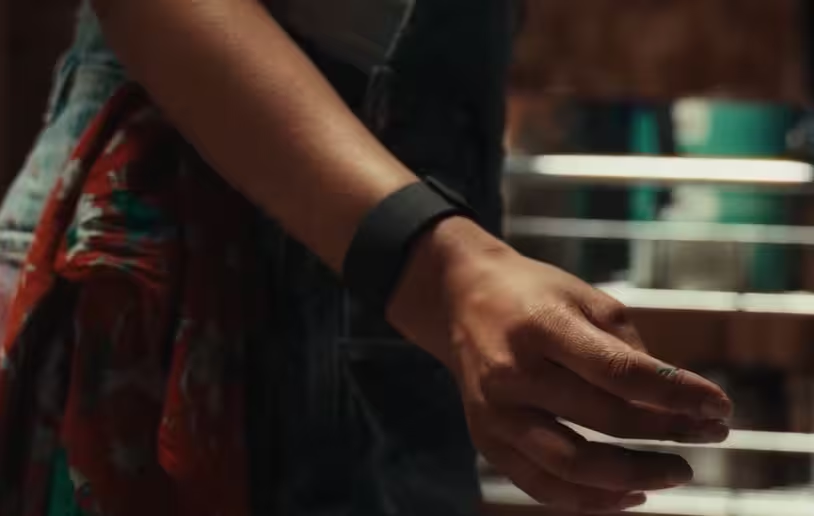
Table 2: Interaction Models Compared
| Input Method | Strengths | Weaknesses |
|---|---|---|
| Smartphone (touch) | Familiar, versatile | High distraction, frequent detours |
| Smartwatch (tap/swipe) | Quick checks | Limited screen size |
| Ray-Ban Display + Neural Band | Glanceable, discreet, low friction | Learning curve for gestures |
Attention Management
- The display’s peripheral positioning reduces the risk of cognitive capture, meaning users are less likely to become overly absorbed in the virtual overlay and lose awareness of their surroundings.
- By being positioned off to the side and only appearing when activated, the device supports contextual multitasking, allowing glances for relevant information while keeping the user’s main focus on real-world tasks.
Conclusion
Meta’s Ray-Ban Display glasses demonstrate how thoughtful micro-display engineering can improve both eye comfort and social usability. With 42 PPD clarity, wide brightness coverage, minimal light leakage, and gesture-based control, they present a user-first approach to wearable computing.
While monocular viewing introduces unique challenges for depth perception and adaptation, the design prioritizes glanceability and discretion over immersion.
Call to Action: As these glasses enter the consumer market, the key question remains: will users value short, discreet micro-interactions over the endless scroll of smartphones?
The coming years will reveal whether this subtle design philosophy sets the foundation for mainstream wearable displays.

